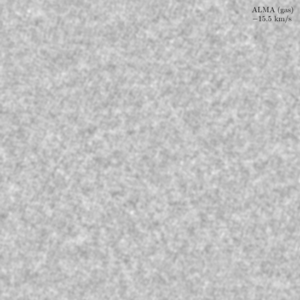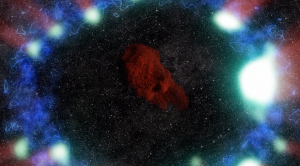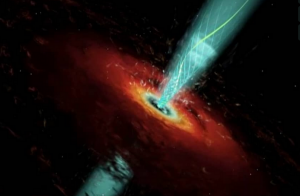Visualizing the ALMA image cube of LL Pegasi. Each frame of the video shows the molecular gas material surrounding LL Pegasi for a different line-of-sight velocity. This velocity, advancing 1 km/s per frame, is given at the top-right corner. The field size is 20,000 times the distance between the Sun and the Earth.


Supernova 1987A: Remnants of an Exploded Star
Astronomer Remy Indebetouw talks about the star that exploded in 1987, and how the world’s telescopes have been watching the explosion ever since.

The Birth of Supernova 1987A: animation depicting the buildup and aftermath of supernova 1987A
This scientific visualization illustrates the evolution of Supernova 1987A from the initial swelling of the host star and supernova explosion to the expanding shock wave and the formation of molecules detected by ALMA in the remnant.

ALMA Discovers Unexpected Trove of Star-forming Gas in Phoenix Cluster
Video explaining the complex relationship between a supermassive black hole and its host galaxy in the Phoenix Cluster, as studied with ALMA. Jets from the black hole create giant radio bubbles. Hugging these bubbles are filaments of cold, dense gas that could eventually fuel future star formation and feed the galaxy’s active supermassive black hole.

Animation of a Black Hole
Artist’s conception of region near the supermassive black hole inside the radio galaxy known as 3C 120, where twisted magnetic fields propel and shape jets of particles.





